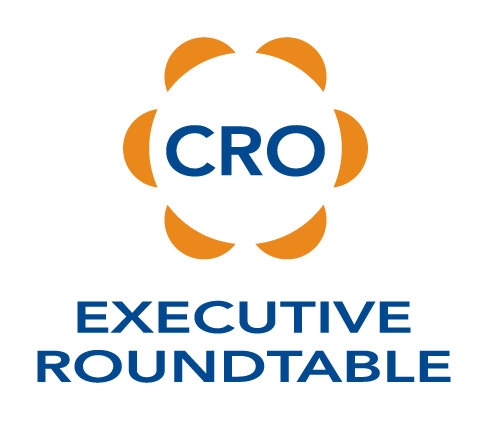This list could be much, much longer in dealing with this generation. However, let's focus on two traits that we are seeing consistently in successful leaders of Millennials.
1. Empathy - a quick, paraphrased definition from Merriam-Webster: the action of understanding, being aware of, being sensitive to, and vicariously experiencing the feelings, thoughts, and experience of another without having those things fully communicated in an objectively explicit manner.
Now to be clear, empathy has always been a valuable leadership trait through the generations. Leadership is associated with power which allows leaders to operate, potentially, with a heavy hand. They need not worry about reading their direct reports. The leader provides the direction and expects the reports to execute it.
Empathy is a critical component of emotional intelligence. The ability to read the nonverbal cues of people provides access to the largest channel of communication. 7% of communication is verbal (i.e. words) while 93% of communication is nonverbal (e.g. tone, body position, inflection, posture, etc.). Nonverbal communication is the universal language and if the leader can read it effectively, he or she has an advantage in leading Millennials.
2. Patience - This trait appears to be more uncommon by the day. Millennials have matured in a microwave world. Data, entertainment, communication has always been at their fingertips primarily through their cell phone. Patience has not been a common point in their collective lives.
The ingrained lack of patience means the leader of this impatient generation needs...patience. Saint Augustine famously stated, "Patience is the companion of wisdom." How true. The Millennial generation often pushes for expediency in their careers to the point where they leave companies after short tenures. They believe they have acquired all of the skills they can from that company and their path to the CEO suite is unclear.
The modern-day leader has to maintain a steady hand with the Millennials. The leader must manage the Millennials expectations and provide a growth path focused on skill development. The key is to coach them to take measured steps forward. Patience will provide progress.
Keep this in mind, by the year 2020, Millennials will make up approximately 75% of the workforce. Their generation requires an evolving leadership style better suited to the Millennial mindset. Two traits, empathy and patience, will be in growing demand each year. The leaders with the ability to adapt will successfully harness the energy of this new generation.













